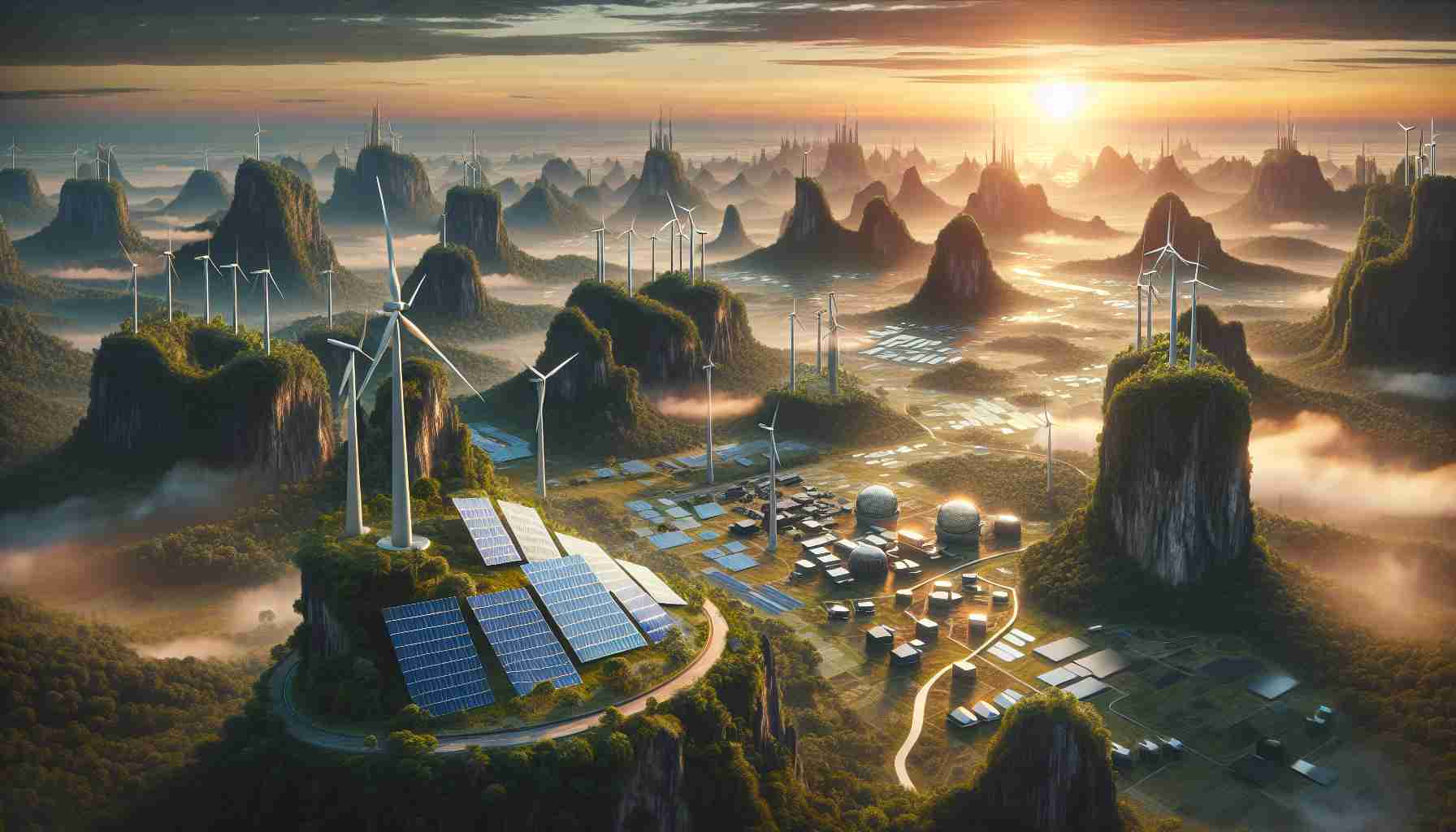
Southeast Asia is poised to become a hotspot for renewable energy expansion in the next decade. With a booming economy, rising population, and increased industrial activity, the region is set to drive substantial growth in energy demand. This shift presents both opportunities and challenges for energy security and climate goals.
Renewable energy sources such as wind, solar, bioenergy, and geothermal are projected to play a significant role in meeting the region’s energy demands by 2035. Despite this progress, carbon dioxide emissions are expected to rise significantly in the coming years, highlighting the urgent need for a transition to cleaner energy technologies.
Transitioning to a cleaner energy future requires a concerted effort to align with international climate agreements and national emission reduction targets. Countries in Southeast Asia must enhance their deployment of clean energy technologies to reduce reliance on fossil fuels and mitigate future risks associated with volatility in energy markets.
Investment in clean energy infrastructure is crucial for the region to achieve its emission reduction goals. Currently, Southeast Asia attracts only a small fraction of global clean energy investments, emphasizing the need for increased funding to support the growth of renewable energy projects.
Expanding and modernizing energy infrastructure is essential to support the integration of renewable energy sources into the grid. Investments in power grids and associated infrastructure, such as microgrids, will be necessary to ensure a secure and flexible electricity system capable of accommodating variable renewable energy production.
The shift towards clean energy not only presents environmental benefits but also economic opportunities. The expansion of clean energy technology manufacturing and critical minerals processing across Southeast Asia has the potential to create jobs and boost economic growth in the region.
International cooperation will be vital in advancing clean energy transitions in Southeast Asia. Collaborative efforts through organizations like ASEAN can help accelerate the adoption of renewable energy technologies and enhance energy security in the face of increasing geopolitical tensions and climate risks.
Southeast Asia: A Gateway to Sustainable Progress in Renewable Energy
As Southeast Asia gears up to become a key player in the global renewable energy landscape, certain crucial aspects and questions arise that shed light on the path forward.
What are some overlooked renewable energy sources in Southeast Asia?
While wind, solar, bioenergy, and geothermal have taken center stage, hydropower remains a significant untapped resource in the region. Mega-dams like the Laotian Xayaburi Dam are both criticized for environmental impact and praised for their potential in meeting energy demands sustainably.
Key Challenge: A contentious issue surrounding hydropower projects is the displacement of local communities and the alteration of ecosystems, raising questions about the true sustainability of these ventures.
What are the advantages and disadvantages of Southeast Asia’s renewable energy growth?
Advantages include reduced reliance on polluting fossil fuels, job creation in the clean energy sector, and improved energy security. However, challenges such as intermittency of renewable sources, initial high capital costs, and the need for grid modernization to accommodate variable energy inputs must be addressed.
Controversy: The debate over using palm oil as a bioenergy source exemplifies the dilemma of sacrificing biodiversity for renewable energy production, emphasizing the complexity of balancing environmental concerns with energy needs.
What role does government policy play in driving renewable energy expansion?
Government policies like feed-in tariffs, tax incentives, and renewable portfolio standards have spurred renewable energy development in the region. However, inconsistent regulations and bureaucratic hurdles can hinder the swift transition to cleaner energy sources.
Addressing Complexity: Balancing the need for rapid renewable energy growth with effective environmental safeguards and community engagement remains a critical challenge for policymakers.
For further insights into renewable energy trends and initiatives in Southeast Asia, visit ASEAN for updates on regional cooperation and sustainable energy development.



